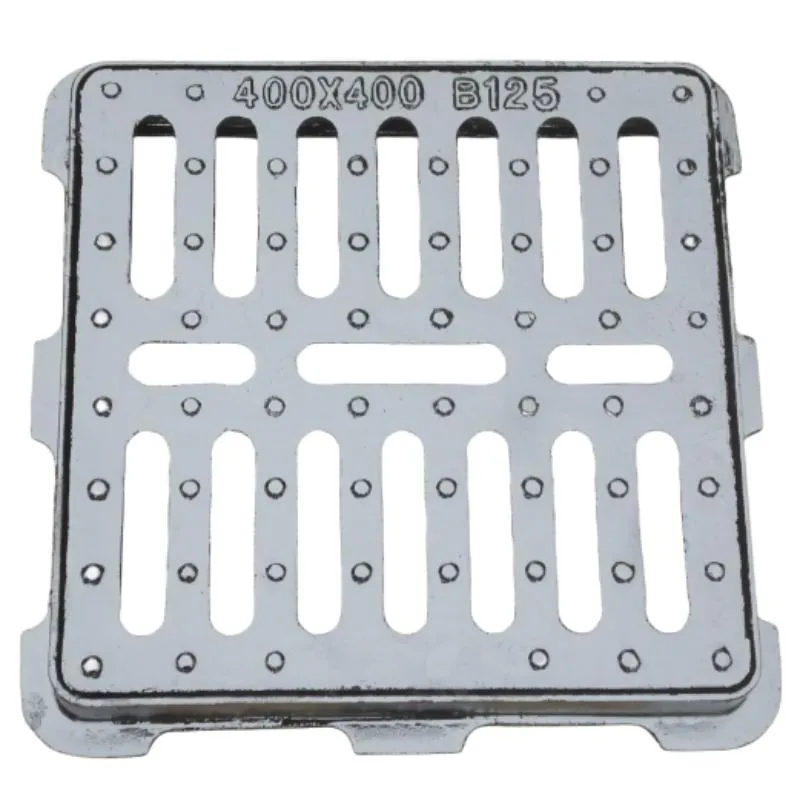Optimizing Flow Regulation with Butterfly Valve Mechanisms and Techniques
Butterfly Valve Flow Control An Overview
Butterfly valves are widely used in industrial applications for flow control due to their simple design, compact size, and effectiveness. They are especially popular in systems that require fast operating speeds and minimal pressure drop. This article provides an overview of butterfly valve flow control, including its working principle, benefits, applications, and considerations for selection and installation.
Working Principle of Butterfly Valves
A butterfly valve consists of a circular disc or plate that pivots around a central shaft. This disc is positioned in the center of the pipe, and when the valve is closed, the disc blocks the flow. Opening the valve rotates the disc, allowing fluid to flow through the pipe. The angle of the disc determines the flow rate, enabling precise control of the fluid’s movement.
The control mechanism can be manual or automated. Manual butterfly valves are operated by a lever or handwheel, while automated valves utilize actuators, which can be pneumatic, electric, or hydraulic. The choice of actuator often depends on the specific requirements of the application, such as speed, pressure, and the nature of the fluid being controlled.
Benefits of Butterfly Valves
Butterfly valves offer several advantages over other types of valves
1. Compact Design Due to their thin-walled structure, butterfly valves take up less space compared to gate or globe valves. This makes them ideal for installations where space is limited.
2. Low Pressure Drop The streamlined design of butterfly valves allows for a lower pressure drop across the valve compared to traditional valve types, leading to energy savings in pumping systems.
3. Quick Operation The quarter-turn operation of butterfly valves facilitates rapid opening and closing, making them suitable for applications where time is of the essence.
butterfly valve flow control

5. Cost-Effectiveness Butterfly valves are often less expensive than other valve types, both in terms of initial purchase price and installation costs.
Applications of Butterfly Valves
Butterfly valves are utilized in numerous applications across different sectors. In water treatment plants, they control the flow of water in and out of treatment systems. In the oil and gas industry, they regulate the flow of liquids and gases, ensuring safe and efficient operation. Additionally, in HVAC systems, butterfly valves help maintain desired airflow and temperature levels.
Considerations for Selection and Installation
When selecting a butterfly valve for flow control, several factors must be considered
- Fluid Type The nature of the fluid (liquid, gas, corrosive, etc.) will influence the material selection for the valve. Common materials include stainless steel, cast iron, and plastic.
- Pressure and Temperature Ensure that the valve is rated for the specific temperature and pressure conditions of the application.
- End Connections Butterfly valves come with various end connections such as flanged, wafer, or lugged designs. The choice depends on the piping system’s configuration.
- Control Requirements If precise flow control is necessary, consider using a modulating control valve with the appropriate actuator.
- Maintenance Needs Assess the maintenance requirements of the valve type chosen. Some valves may have more complex maintenance needs than others.
In conclusion, butterfly valves are a reliable choice for flow control in a wide range of industrial applications. With their compact design, low pressure drop, and quick operation, they facilitate efficient fluid management. By considering the specific requirements of the application and selecting the right valve, industries can optimize their operational efficiency and safety. Whether used in water treatment, chemical processing, or HVAC systems, the butterfly valve remains a staple in flow control technology.
-
The Smarter Choice for Pedestrian AreasNewsJun.30,2025
-
The Gold Standard in Round Drain CoversNewsJun.30,2025
-
The Gold Standard in Manhole Cover SystemsNewsJun.30,2025
-
Superior Drainage Solutions with Premium Gully GratesNewsJun.30,2025
-
Superior Drainage Solutions for Global InfrastructureNewsJun.30,2025
-
Square Manhole Solutions for Modern InfrastructureNewsJun.30,2025
-
Premium Manhole Covers for Modern InfrastructureNewsJun.30,2025
